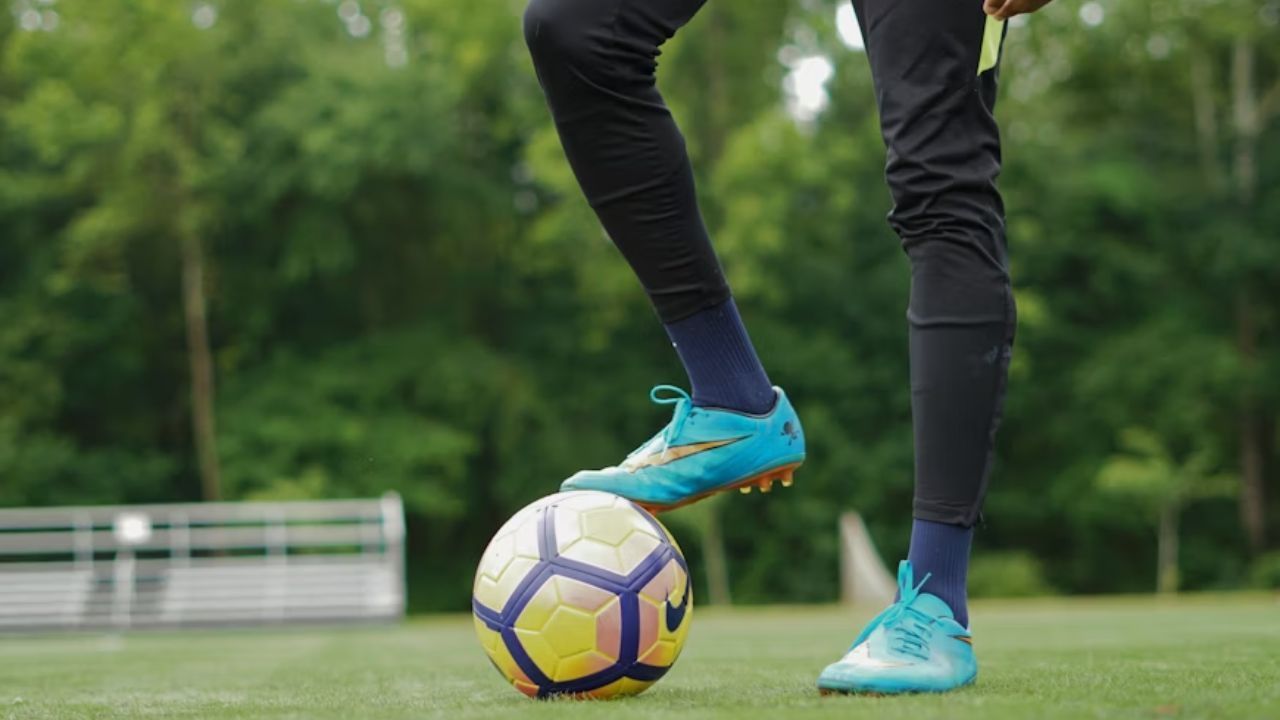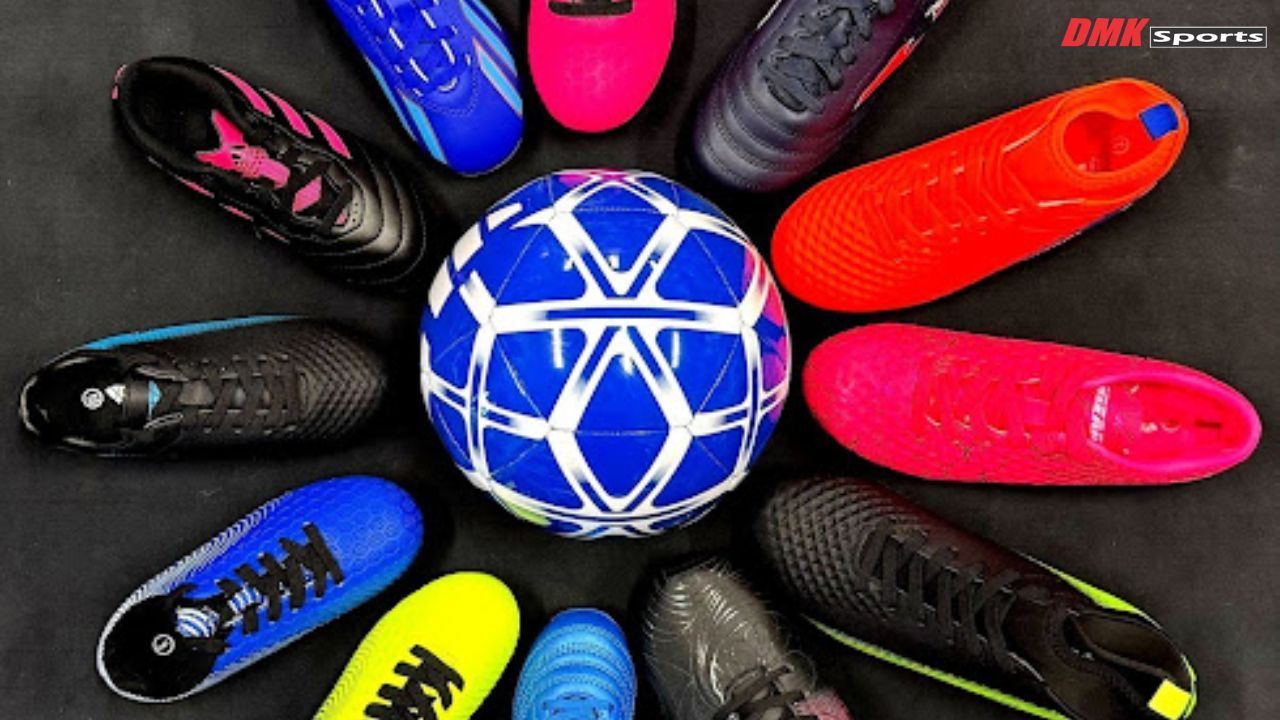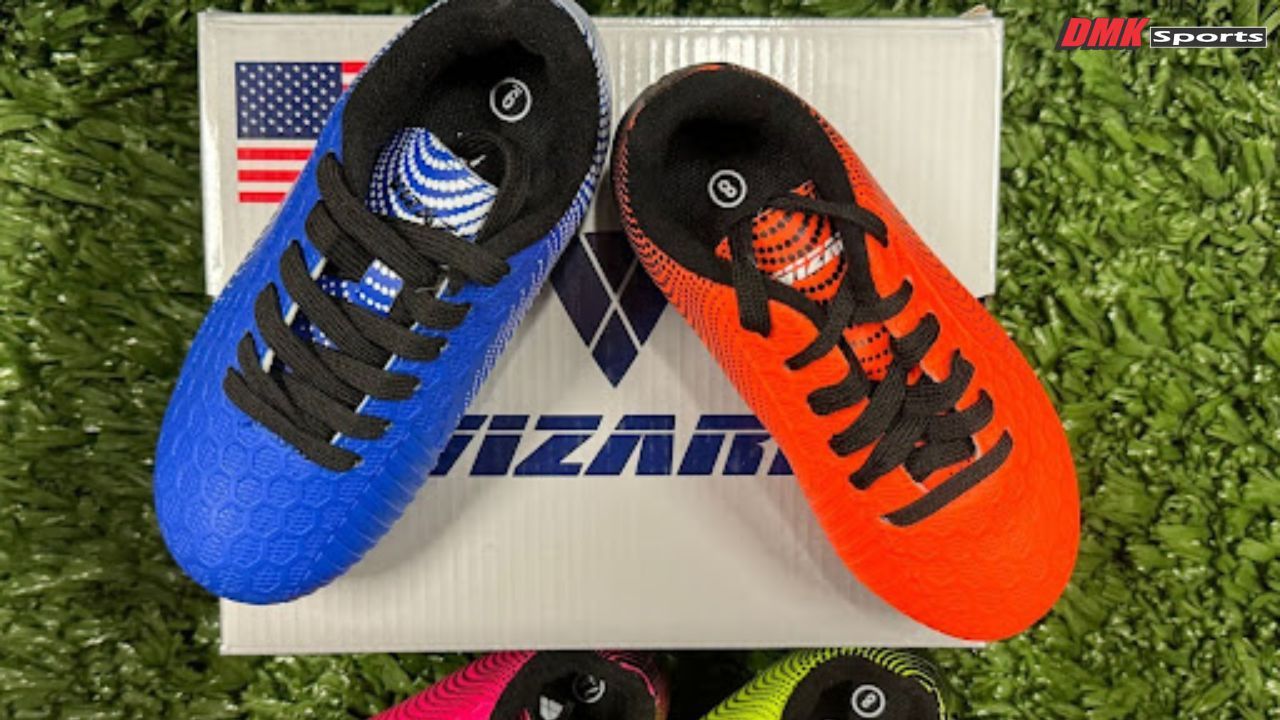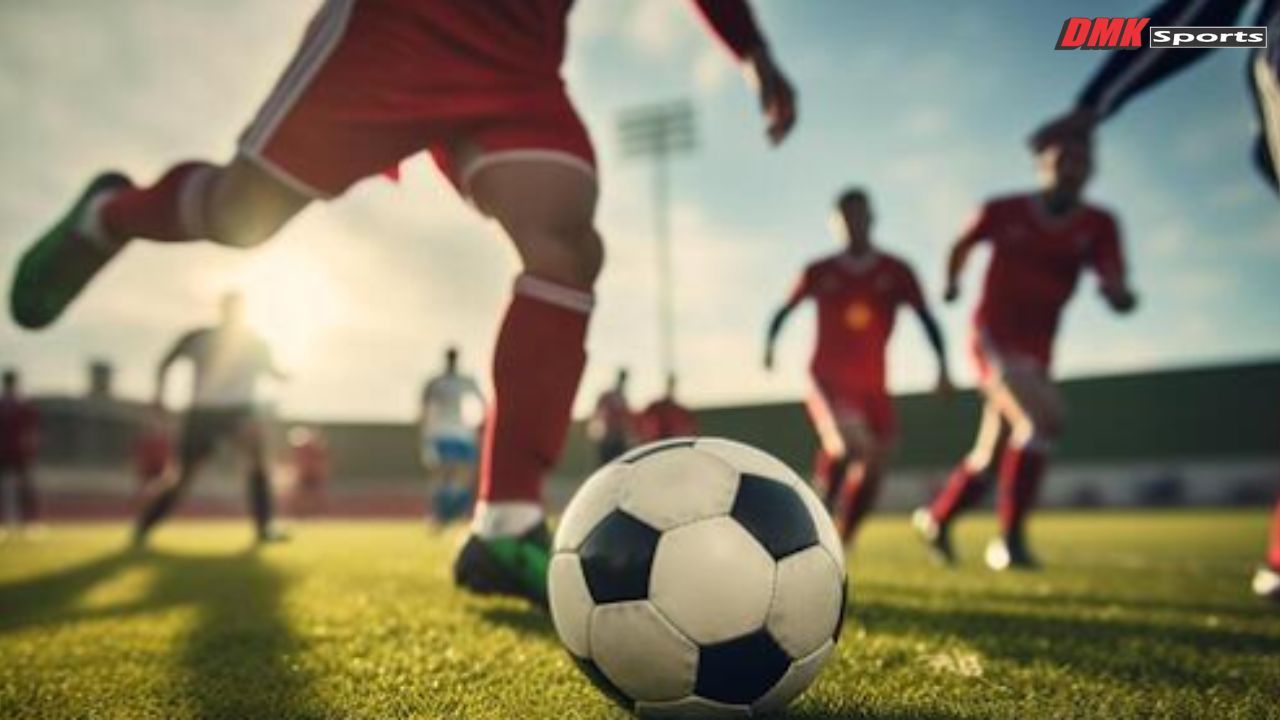Children’s Soccer Cleats: A Complete Guide for Parents and Young Players

Every young athlete needs the right gear, and cleats are at the top of the list. Choosing the right children’s soccer cleats improves performance, prevents injuries, and builds confidence on the field and with so many options, it can feel overwhelming.
This guide will simplify everything you need to know about Children’s Soccer Cleats so you can select the perfect pair that match your child’s age, skillset, and playing surface.
Why Soccer Cleats Matter for Kids
In soccer you need to be quick, the game requires you to be able to handle sharp turns, and constant running. Kids need Soccer Cleats that actually provide stability, grip, and comfort throughout the game. Unlike regular sneakers, cleats are designed with studs that prevent slipping on grass or turf. The right fit ensures young players can focus on the game instead of worrying about sore feet.
Key Features to Look For
1. Fit and Comfort
Cleats should fit snugly but not feel too tight. A helpful tip is to leave a small gap at the toe for growth, since children grow quickly, it is important to keep some space. Cushioned insoles and breathable uppers help keep feet comfortable during long practices and matches.
2. Weight and Flexibility
Children are quick on their feet, and lightweight cleats help them run faster without tiring easily. Flexible outsoles also support natural movement while reducing stress on developing feet.
3. Durability
Since children play on multiple surfaces, a strong stitching and tough materials of these soccer cleats are necessary. A durable pair lasts an entire season and reduces the need for replacements. Youth-specific retailers like DMK Sports offer cleats designed to handle both practice and competitive play.
4. Traction
Stud patterns differ for natural grass, firm ground, and artificial turf. Proper traction prevents slips and gives players stability during quick movements.
Best Soccer Cleats for Kids
Firm Ground (FG) Cleats
Firm ground cleats are the most common for kids. They work best on natural grass fields. Molded studs provide grip and are safe for beginners.
Artificial Ground (AG) Cleats
Artificial ground cleats are ideal for turf fields. They feature shorter studs that reduce pressure on joints. Many clubs now recommend AG cleats for safe play.
Indoor Soccer Shoes
For indoor leagues, flat rubber soled work works best. These shoes look like sneakers but provide excellent grip on gym floors.
Multi-Ground (MG) Cleats
Multi-ground cleats give flexibility for children who play on both turf and grass. They save money by covering more than one surface.
Age-Specific Considerations
For Younger Kids (Ages 4–8)
Young players need cleats with Velcro straps or simple laces for easy wear. Comfort is more important than advanced features at this stage. Youth collections, like those at DMK Sports, often stock small sizes with easy-to-use closures, helping kids and parents alike.
For Preteens (Ages 9–12)
Kids in this group need more support and stability. Lightweight cleats with molded studs work well for growing feet. Affordable youth models from stores that focus on kids’ gear make it easier to find cleats designed for this age group.
For Teens (Ages 13–16)
Teens benefit from performance-focused cleats. Narrower fits, firm-ground studs, and advanced materials help improve speed and ball control. Many retailers, including DMK Sports, stock these transitional sizes for young athletes ready for higher performance gear.
How to Choose the Right Size
Stores with clear guidance make this process easier, and youth-focused retailers like DMK Sports provide helpful size charts to avoid mistakes. Here are some of the things you should consider before buying Children’s Soccer Cleats.
Choosing the Right Size for Children’s Soccer Cleats
- Start with the size chart since every brand has a slightly different fit.
- Avoid oversized cleats because they slip, cause blisters, and reduce stability.
- Skip cleats that are too small, as they create pain, pressure, and restrict movement.
- Allow a little growing room, but never more than a thumb’s width at the toe.
More recommended reads:
- How to Break in Soccer Cleats Without Pain: A Player’s Guide
- How to Clean Football Cleats
- How Soccer Cleats for Strikers Improve Balance, and Accuracy
Popular Brands for Kids’ Soccer Cleats
- Nike: Known for lightweight designs and stylish looks.
- Adidas: Offers comfort and wide-fit options for growing feet.
- Puma: Great for speed and flexibility.
- New Balance: Durable options with extra support.
Care Tips for Soccer Cleats
Proper care keeps cleats in good shape. After games, remove dirt with a damp cloth. Avoid machine washing, as it damages materials. Let them air dry instead of using direct heat. For leather cleats, apply conditioner to maintain softness.
Safety Considerations
Safety is every parent’s #1 priority. Parents and even kinds should check if their studs are of the perfect size.
Choose the right designs that balance grip with safe movement. Encourage kids to wear shin guards along with cleats for complete protection.
Budget vs. Performance
There is no doubt budget plays a role while choosing the right pair of cleats and parents often wonder how much they should spend for comfort, safety. In most cases, mid-range cleats provide the perfect balance for beginners.
DMK Sports Young Soccer Cleats has options for every young player offering over 40 soccer cleats. From first-time players needing basic support to advanced kids seeking durable performance, their range covers sizes from 8C to 6Y.
Conclusion
Choosing the best soccer cleats for kids should be based on the balance of comfort, safety, and performance on the field. As a parent you need to consider factors like fit, playing surface, and age group when buying children’s soccer cleats.
With the right pair of soccer cleats young players can improve their skills, and stay safe on the field. Moreover, the Firm ground cleats can be worn whether the player plays on turf or indoors, making them a perfect choice for specific leagues.










